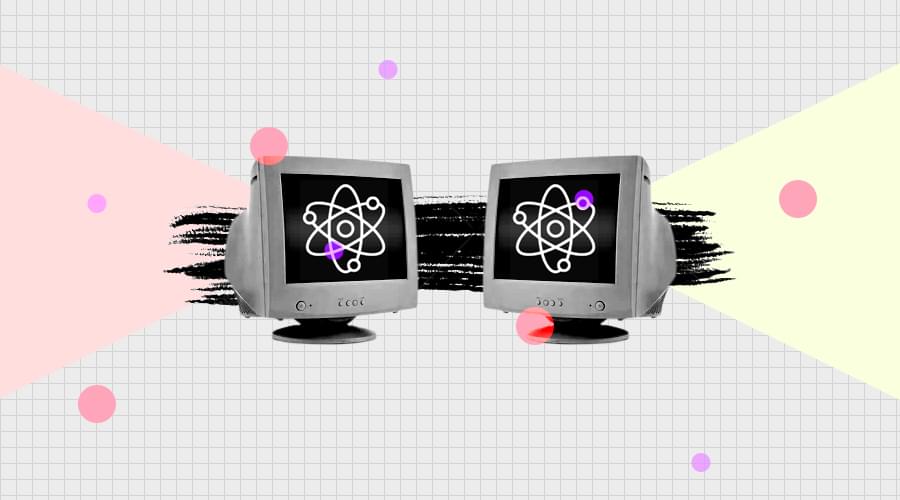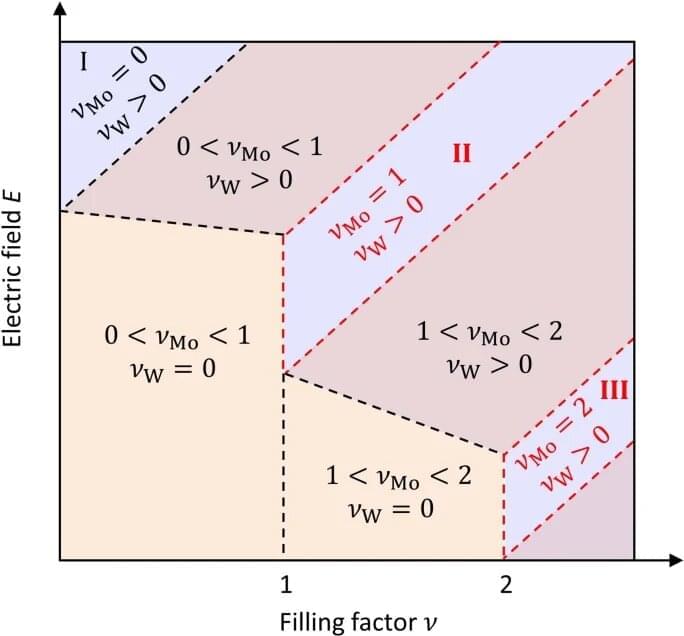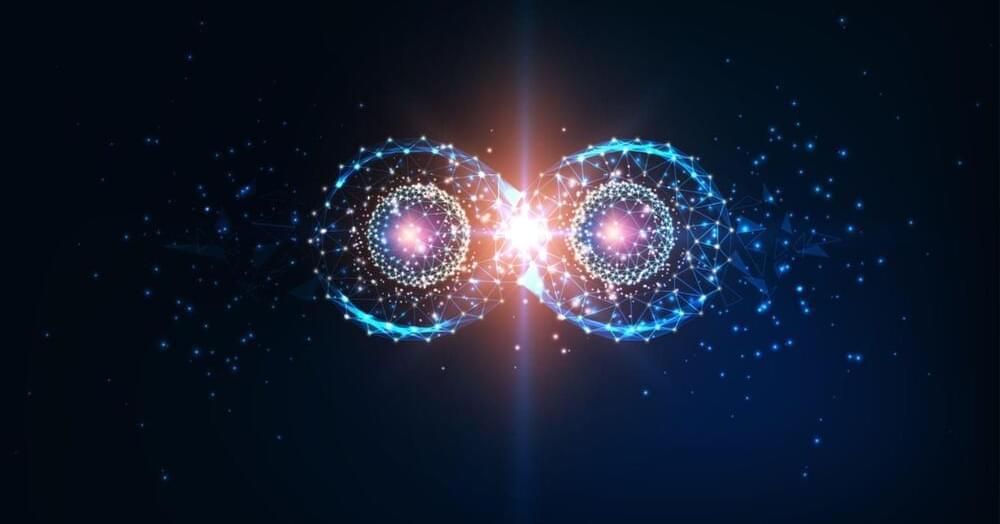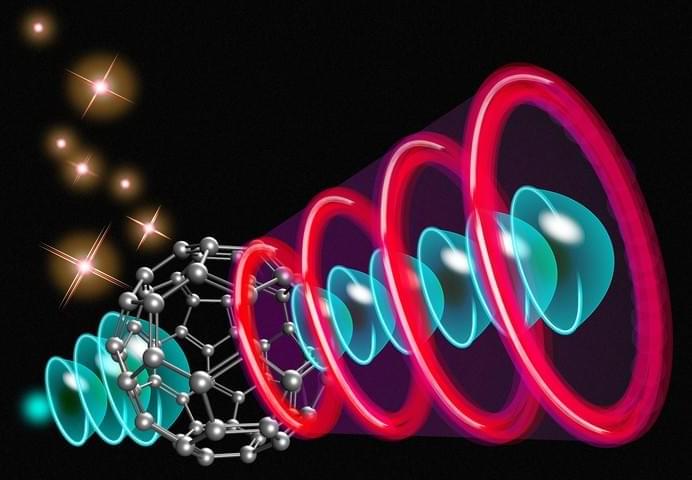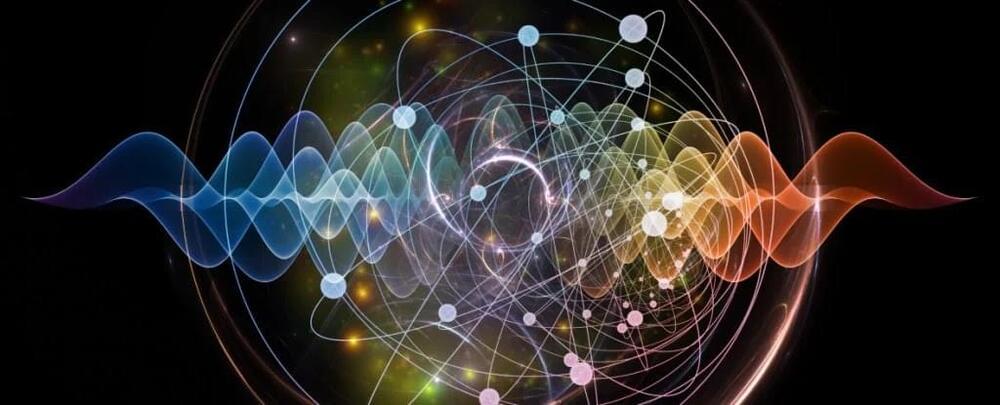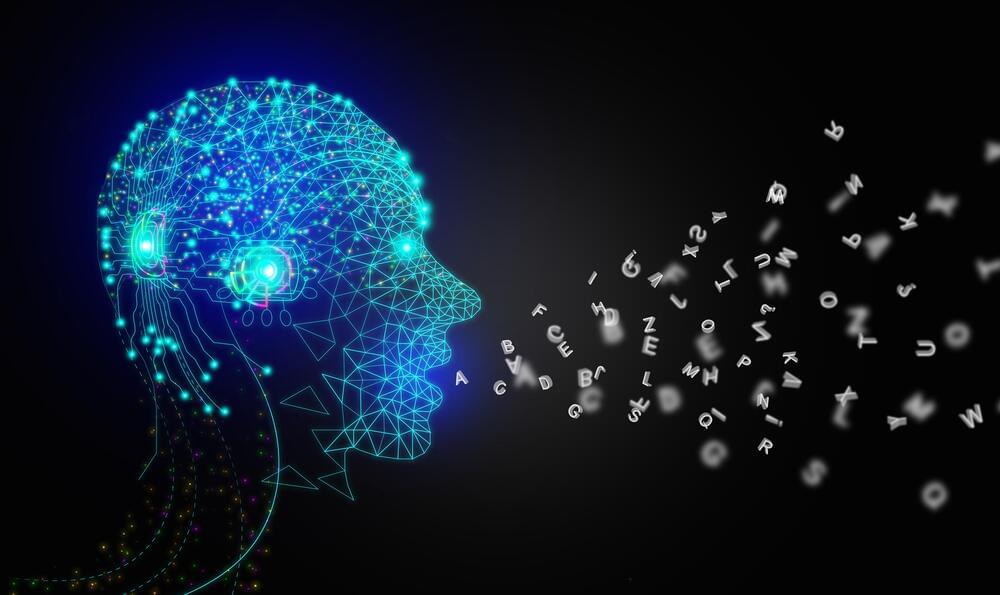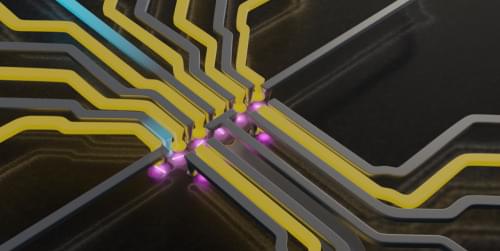The introduction of a novel idea of quantum computing in industrial applications is the result of the slow but steady progress of computing systems and equipment. Quantum computers, which are primarily used to aid in complex computations, are anticipated to significantly progress several industries and open up new prospects.
The promotion of IBM’s supercomputers is not far behind that of other tech behemoths like Google, who claim to have a better grasp on quantum dominance. What’s more crucial, though, is that enterprises and entire sectors will undoubtedly benefit from massive automation and digital transformation thanks to the industrial applications of quantum computing development. Quantum computing in 2023 offers countless opportunities. The world will eventually learn about the actual potential of quantum computing. With each passing day, the demand for effective processing grows, and it appears that the only option is to develop quantum applications. In this article, we have enlisted the top 10 industrial applications of quantum computing.
